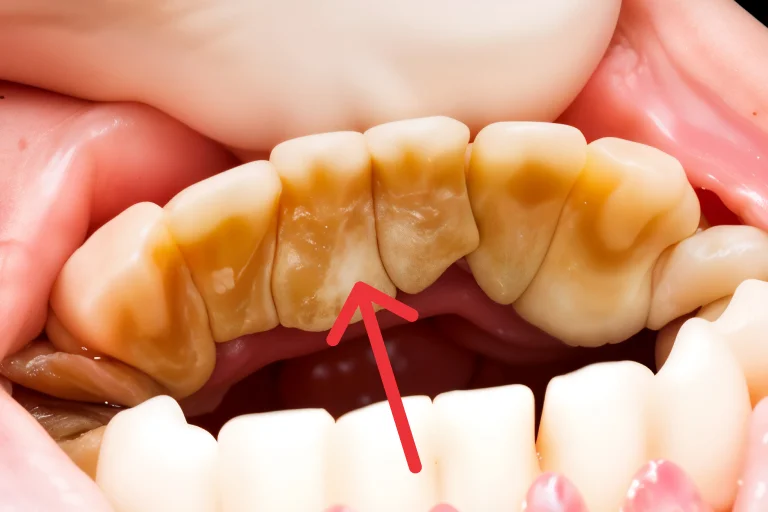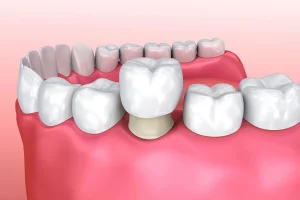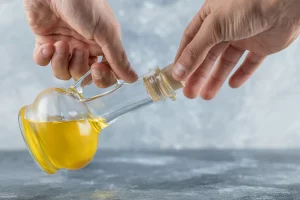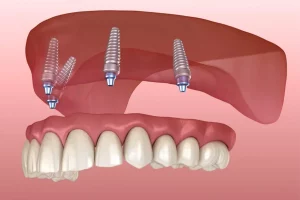Most adults have a common dental problem called tartar on their teeth. Tartar not only dulls your smile but also contributes to gum disease and cavities. Because this hardened plaque not only dulls your smile but also contributes to gum disease and cavities. It is strongly recommended not to remove the tartar on your own because they are strongly bonded to tooth enamel. So consider visiting a dentist to get rid of tartar.
In this blog, we’ll break down what tartar is, what causes it, how to identify it and most importantly, how to get rid of it safely and effectively.
What Is Tartar on Teeth?
Tartar is a hardened form of plaque that sticks to the teeth. Usually, the plaque is a bacteria that forms on your teeth after you eat or drink anything sugary or starchy. But if you are not removing the plaque formed on teeth through brushing, then within 24 to 72 hours, the plaque hardens into tartar.
Tartar appears as a yellow or brown deposit above the gum line and between teeth. Also, it is very clearly visible to the naked eye. It not only affects your appearance but also leads to more serious oral health issues like gingivitis and periodontitis if ignored.
What Causes Tartar on Teeth?
Nearly 68% of adults have tartar formation on their teeth. So knowing what causes it can help you in preventing them. They are,
- Maintaining poor oral hygiene, such as not brushing and flossing regularly, gives plaque a chance to harden into tartar.
- If you are regularly adding sugary foods and drinks to your diet, then it fuels bacteria and accelerates plaque buildup.
- If you are having dry mouth, then it allows for more plaque to form because saliva helps wash away food and neutralize acids.
- Tobacco use increases tartar buildup and stains your teeth.
- Some people naturally produce more plaque due to genetic factors or changes in saliva with age.
Keeping these risk factors in check can significantly reduce tartar accumulation and keep your teeth healthy.
Black Tartar on Teeth
Usually, tartar appears yellow or brown, but it also turns black. The black colored tartar on teeth is more alarming and typically points to more advanced dental issues. Black tartar can be caused by,
- Using tobacco can cause nicotine to stain and cause tartar on teeth in a dark brown or black color.
- Frequent consumption of coffee, tea, red wine, or dark sodas can contribute to black tartar.
- Bleeding gums can cause black tartar as the blood mixes with the tartar.
- Specific types of bacteria produce pigments that may turn tartar black.
Black tartar is more than just a cosmetic concern, as it may indicate gum disease or cavities and requires prompt professional attention.
How to Loosen Tartar on Teeth
Visiting the dentist is recommended to get rid of tartar on teeth. But if you are trying to loosen the hardened plaque called tartar from your teeth, then here are some methods that may help soften your tartar. They are,
- Baking soda: Brushing with a paste of baking soda and water can help neutralize acids and reduce plaque formation.
- Oil pulling: Swishing with coconut oil may reduce bacteria in the mouth and improve oral hygiene.
- White vinegar rinse: Mixing white vinegar with warm salt water and using it as a mouth rinse may help break down tartar due to its acidity.
These methods may help loosen surface deposits, but are not substitutes for professional dental care. Only a dentist or hygienist can remove the tartar effectively once you notice the tartar forms.
How to Get Rid of Tartar on Teeth
The most reliable way to get rid of tartar on teeth is through professional dental cleaning. During a routine check-up, a dentist or dental hygienist uses specialized tools to remove tartar buildup through a process called scaling.
Here’s what professional tartar removal typically involves:
- Scaling: A tool is used to scrape away hardened tartar from the teeth and below the gum line.
- Polishing: After tartar removal, the teeth are polished to smooth the surface and reduce future plaque buildup.
- Fluoride treatment: This helps strengthen the enamel and protects against cavities.
Additionally, dentists may provide personalized advice based on your oral health, such as recommending an electric toothbrush, antiseptic mouthwash, or more frequent cleanings.
For long-term tartar control, follow these tips:
- Brush your teeth twice daily with fluoride toothpaste
- Floss every day to remove plaque between teeth
- Use an antibacterial mouthwash to reduce bacteria
- Eat a balanced diet low in sugar and high in fiber
- Stay hydrated to support healthy saliva flow
- Visit your dentist every 6 months for cleanings and checkups.
Takeaway
Tartar may not cause much discomfort at the beginning. Still, if you are leaving it untreated it may lead to more complicated oral health conditions like bad breath, gum disease and also to any cosmetic issues. Never follow any home treatment methods to remove tartar and also it won’t go away on its own through brushing. The only way to get rid of it is to contact a dentist. Visit Oris Dental Center in Dubai to get rid of tartar on your teeth with the help of experienced dental experts.





